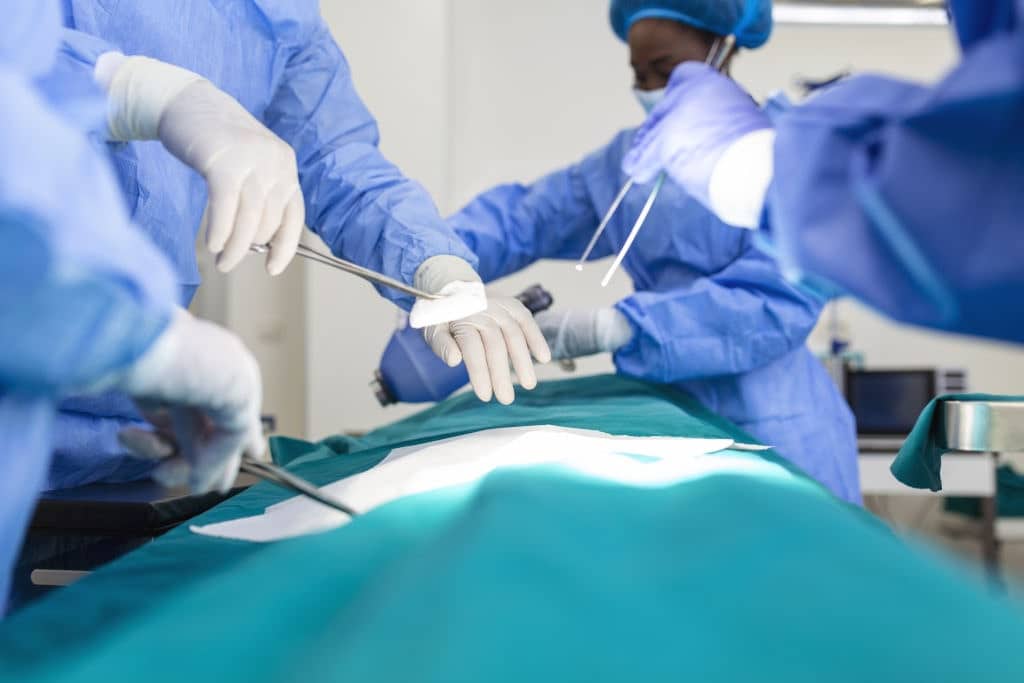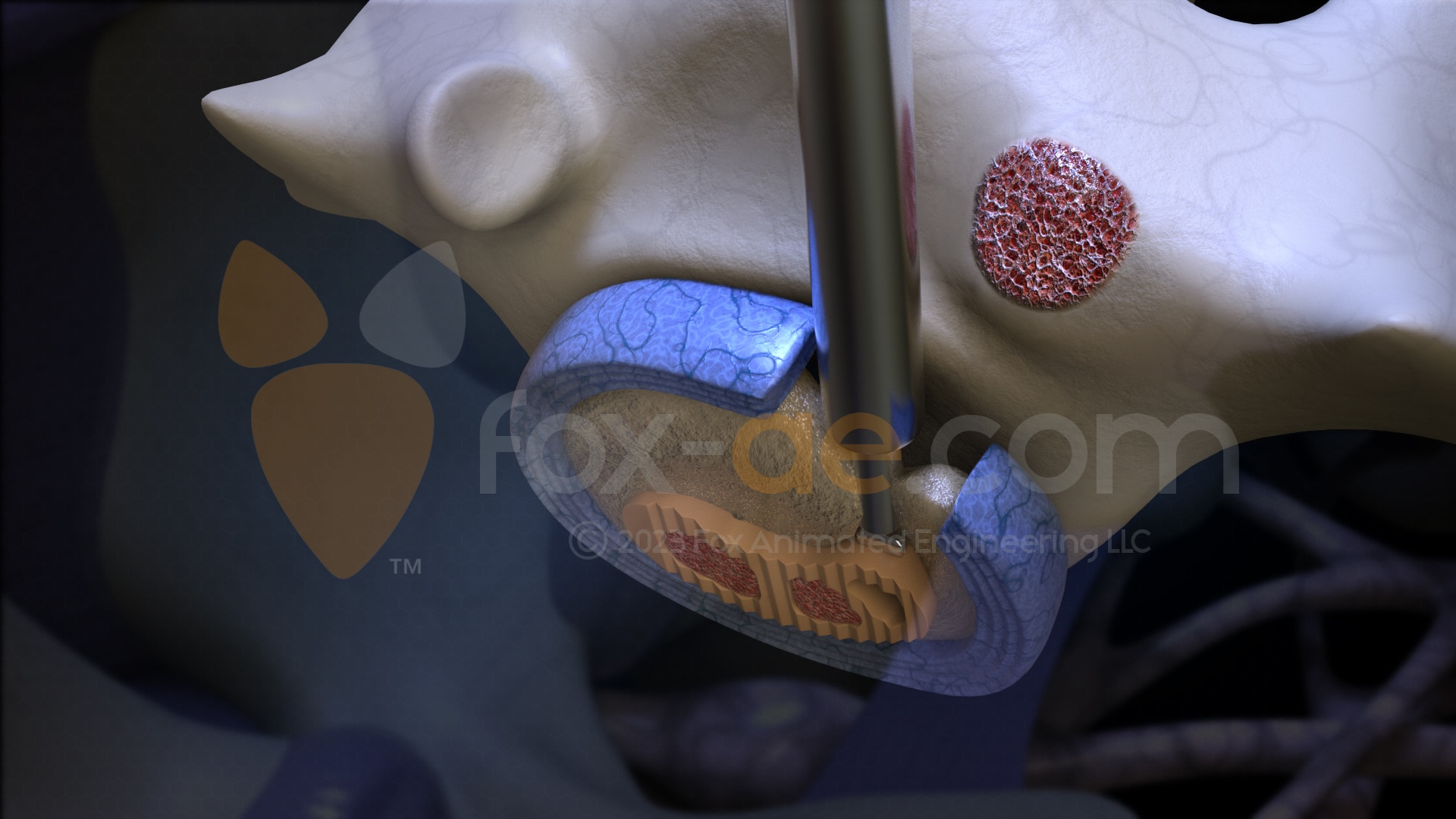Just like every other bone in the body, spinal injury is possible. However, the effect may be more severe considering the core function it offers in the skeletal system. Spinal injuries can be debilitating, leading to immobility of the individual, severe pain, paralysis, and loss of control of the bladder. It can also cause numbness, trouble breathing, stiffness of the back, weakness, and difficulty with balance and coordination. One of the ways to deal with these complications, including spinal pain after an injury, is foraminotomy.
What Is Foraminotomy, And Why Is It Essential?
A foraminotomy is a decompression procedure. It is used to widen the opening through which a spinal nerve root leaves the spinal canal. It involves the removal of bone or tissue that is blocking the path and compressing (pinching) the spinal nerve root, which can result in swelling and discomfort.
A foraminotomy may be combined with other procedures, such as a laminotomy and laminectomy. This depends on the location of the compressed nerve or the severity of the patient’s symptoms. This surgery is primarily to relieve the pain of the patient.
No doubt, foraminotomy is known to be effective in resolving spinal pain. However, there are instances where this life-transforming procedure becomes a hellhole. This is realized when patients suffer injury due to negligence and surgical errors. These errors most times could have been prevented.
In such cases, the defendants should be brought to the courtroom using medical animation to explain the situation and the harm caused to the patient.
Illustrating Foraminotomy Procedure In The Courtroom
One of the ways to help a case of foraminotomy malpractice in the courtroom is through medical animation. This helps by giving the jury a chance to see the entire process. They can also see how the right and wrong ways to carry out the procedure.
The animation will start by showing how the surgeon makes an incision on the back of the patient. Hence, exposing the affected vertebra. Then, they will surgically widen the intervertebral foramen, removing whatever blockages are present.
The above procedure is how foraminotomy is carried out. With the use of medical animation, it is easier to showcase malpractice during foraminotomy to the jury in the courtroom.

Medical Malpractices During Foraminotomy Using Medical Animation
Even though foraminotomy can save a patient from daily pain and suffering, one mistake during the procedure can result in more life-threatening injuries to the patient.
Among other things, it can cause severe and permanent paralysis resulting in paraplegia or quadriplegia.
It can also lead to the immobility of the patient and the inability to work, or carry out normal daily life activities, thereby impacting the patient’s independence.
Medical errors that lead to these complications can be made in various forms.
One area of error may be during the process of drilling the hole. For example, the drill may take a wrong angle causing it to dig into other parts of the spinal cord, thus causing damage.
Case Reference 1
A case in point is that of Fontenot v. ABC insurance company. In this case, while the surgeon was carrying out the procedure, the drill used in carrying out the operation slipped. Hence, causing the patient to suffer leakage of the cerebrospinal fluid.
In a case like this, medical animation can show substantial evidence of the negligence and error caused to the patient.
It will also show the surgery procedure, its errors, and its effect on the patient in sequence. This will help the process of suing the doctor or health provider and also help in getting the deserved compensation for the harm caused.
Similarly, a surgeon that uses the wrong equipment or fails to perform an adequate suture job will put the patient in an increased life-threatening situation.
In some instances, a medical malpractice case may feature a product liability issue. In a situation like this, the medical practitioner may be liable if they do not ensure that the instruments and structures slated to be used for such surgeries are in good working conditions.
Case Reference 2
For instance, in the case of Hoffman vs Orthopedic system, the patient underwent back surgery, including a bilateral foraminotomy. Unfortunately, due to the issue with the bar of the Andrews table, there was an incident during the surgery. This led to increased life-threatening situations such as hepatitis, liver failure, kidney failure, gastrointestinal bleeding, pneumonia, heart arrhythmia, and septicemia.
In a case such as this, the plaintiff may be able to recover compensation if it can be proved that the defendants were negligent in using such a product.
Since foraminotomy errors have tremendous effects on patients, such as excruciating pain, paralysis, bleeding, infection, nerve damage, heart attack, and blood clot, when these occur, the defendants should be brought to the law court to ensure they are held liable.
These errors can be showcased in the courtroom through medical animation. It will help explain the malpractice clearly and the extent of the harm caused in court.

Conclusion
Medical animation is an effective court tool used in portraying medical malpractices in court cases while ensuring that the jury fully comprehends the intricacies of the harm suffered.
Every foraminotomy malpractice case is unique and requires a creative and innovative medical animation team to ensure that the facts of the case and the effects of the harm are rightly depicted. Fox-AE is packed with expert medical trial animators and can create empathetic pieces for a court case while ensuring that the court admissibility rules are rightly adhered to.





